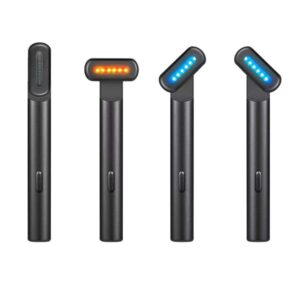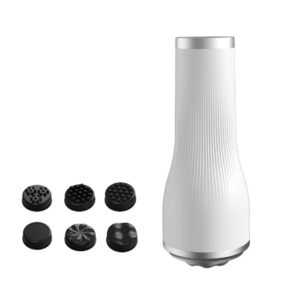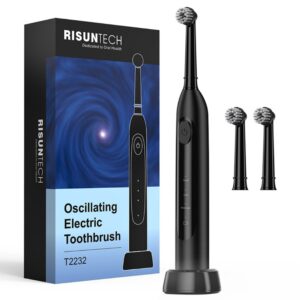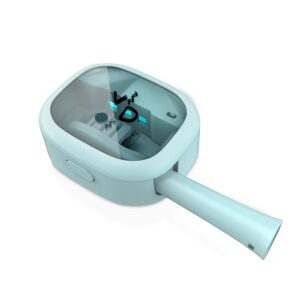Summary
Pressure sensors in toothbrushes are integral components that significantly enhance the effectiveness of oral hygiene practices by providing real-time feedback on brushing techniques. These sensors alert users when excessive pressure is applied, thereby preventing potential damage to gums and enamel and promoting better brushing habits. As the prevalence of electric toothbrushes rises, understanding the role and technology of pressure sensors has become increasingly important for consumers seeking to improve their dental health and hygiene routines.
The technology behind pressure sensors varies, with types including piezoresistive, capacitive, and Hall-effect sensors, each offering unique advantages in measuring and responding to the force applied during brushing. Recent innovations have also introduced advanced smart pressure sensors capable of guiding users toward optimal brushing pressure through visual or auditory cues. This technological evolution underscores the growing focus on incorporating sophisticated features in electric toothbrushes to enhance user experience and oral health outcomes, as evidenced by research linking effective brushing techniques to reduced dental issues.
The notable benefits of pressure sensors extend beyond preventing over-brushing; they also improve cleaning efficiency by adjusting toothbrush vibrations and patterns based on pressure readings. Furthermore, the integration of these sensors with mobile technology enables users to track their brushing habits, fostering adherence to recommended practices and enhancing overall oral care. This alignment of technology and dental health not only encourages better hygiene practices but also empowers users with personalized feedback and monitoring.
Despite their advantages, the implementation of pressure sensors in toothbrushes is not without controversy. Concerns about user reliance on technology and potential complacency in brushing habits have been raised. Additionally, variations in sensor accuracy and effectiveness across different brands and models may impact consumer experiences. Nonetheless, the ongoing advancements in pressure sensing technology and its integration into smart dental care products highlight the importance of this innovation in promoting optimal oral health practices in an increasingly technology-driven world.
Table of Contents
Types of Pressure Sensors
Electric toothbrushes utilize various types of pressure sensors to enhance user experience and ensure optimal brushing techniques. These sensors play a crucial role in alerting users when they apply excessive pressure, thus preventing potential gum damage and promoting better oral health practices.
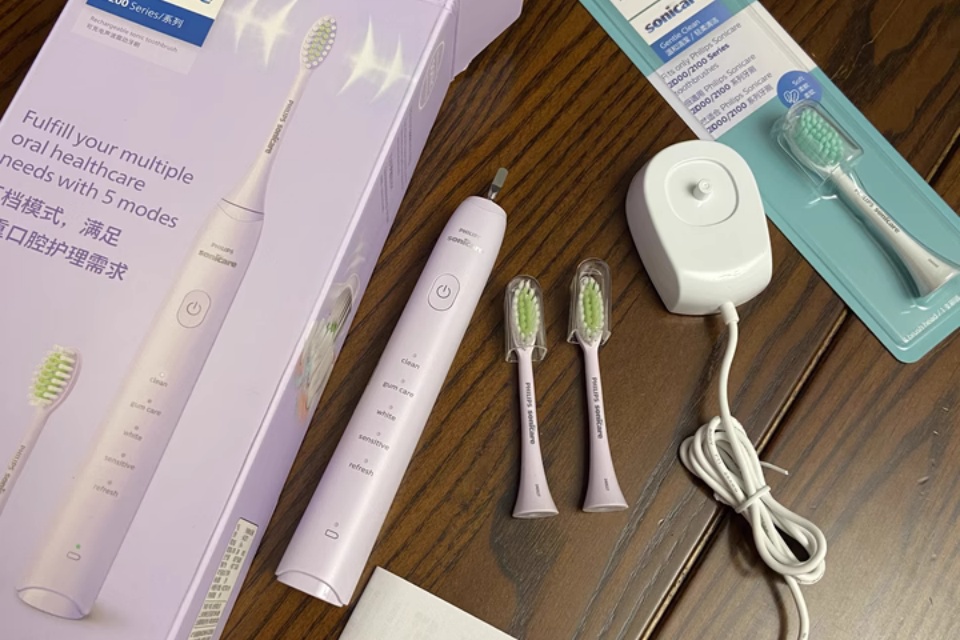
Piezoresistive Pressure Sensors
Piezoresistive pressure sensors are commonly found in electric toothbrushes. They operate by altering their electrical resistance in response to applied pressure. Typically constructed from a thin layer of piezoresistive material, these sensors deform when pressure from the brush head is applied, leading to a change in resistance. This alteration is detected by the toothbrush’s electronics, allowing for accurate measurement of brushing pressure. Piezoresistive sensors balance sensitivity and affordability, making them suitable for mid-tier toothbrush models.
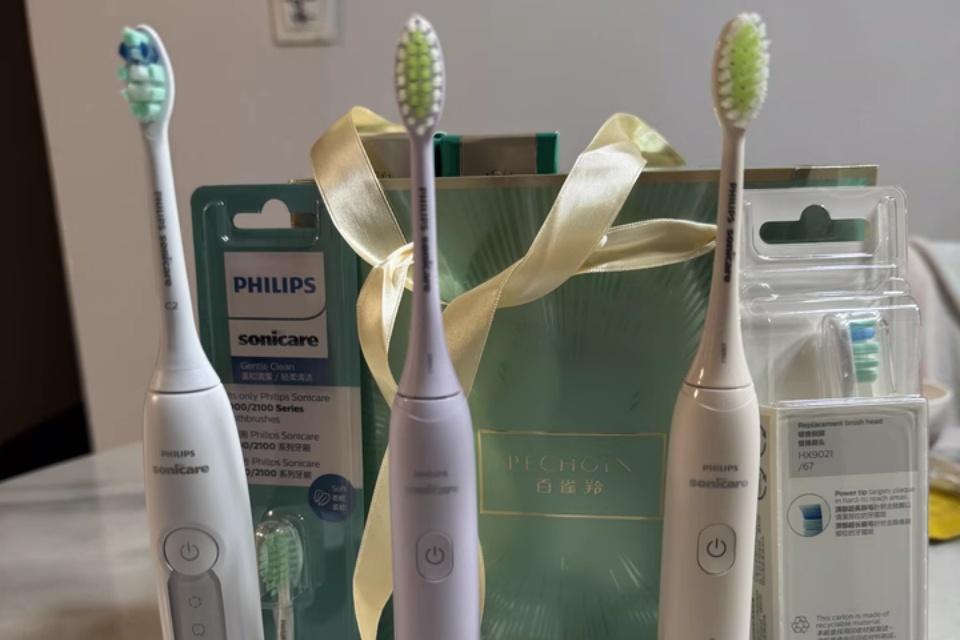
Capacitive Pressure Sensors
Capacitive pressure sensors measure changes in capacitance caused by pressure-induced deformation of a diaphragm. When pressure is applied, the distance between the capacitor plates changes, resulting in a measurable change in capacitance. This technology is particularly effective for providing real-time feedback about brushing pressure. Capacitive sensors are favored for their low power consumption and slim profiles, which contribute to the overall design and efficiency of electric toothbrushes.
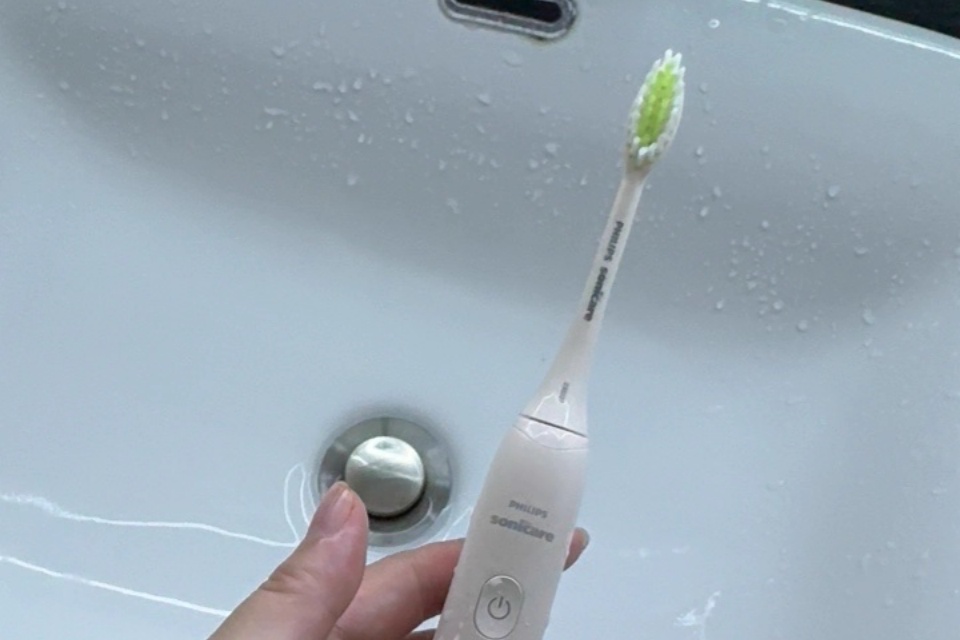
Hall-Effect Sensors
Hall-effect sensors are employed to gauge the dynamic force applied against the teeth by the bristles. These sensors detect phase shifts in response to changes in pressure, allowing for precise measurements of the force exerted by the toothbrush. By utilizing a system that integrates both direct force measurement and dynamic force measurement, these sensors can accurately adjust trigger points based on user brushing habits, thereby optimizing feedback for excessive pressure.
Advanced Sensor Technologies
Recent advancements have introduced new materials and methods in pressure sensing technologies for electric toothbrushes. Innovations such as novel piezoresistive films and ultrasonic wave propagation techniques have greatly enhanced the sensitivity and accuracy of these sensors. This evolution away from traditional mechanical systems allows for nuanced feedback that can adapt in real time to individual user behaviors. Additionally, premium models may incorporate optical sensors for their high precision, while ultrasonic sensors are appealing for their noncontact measurement capabilities.
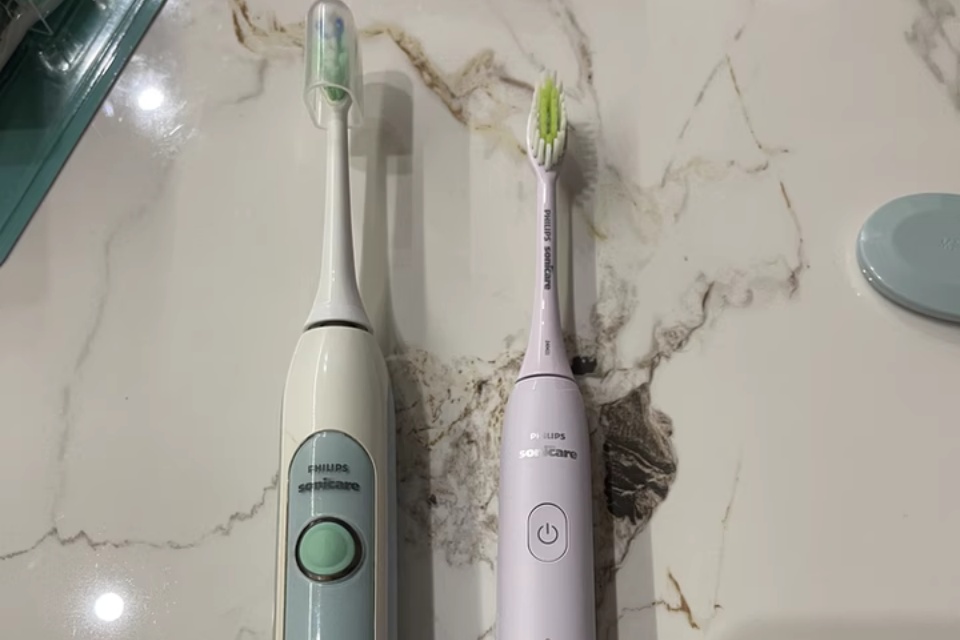
Smart Pressure Sensors
The latest electric toothbrushes may feature smart pressure sensors capable of guiding users to maintain an optimal pressure range, typically between 0.8 and 2.5 Newtons. These sensors can provide visual or auditory alerts, such as flashing lights or beeping sounds, to indicate when the user is brushing too hard. Such technology not only helps in preventing gum damage but also encourages better brushing habits for enhanced oral care.
Benefits of Pressure Sensors in Toothbrushes
Pressure sensors in toothbrushes provide numerous benefits that enhance oral hygiene practices and contribute to overall dental health. These sensors play a crucial role in preventing excessive brushing force, which can lead to long-term dental issues.
Protection Against Over-Brushing
One of the primary advantages of pressure sensors is their ability to detect and alert users when too much pressure is applied during brushing. Excessive brushing can damage enamel, irritate gums, and potentially result in conditions such as gum recession and increased tooth sensitivity. By alerting users to adjust their brushing technique, pressure sensors help maintain gum health and prevent the development of more serious dental problems.
Improvement of Cleaning Efficiency
Pressure sensors not only protect gums but also enhance cleaning efficiency. When the sensor detects excessive force, it can adjust the toothbrush’s vibration patterns, optimizing the cleaning process while minimizing the risk of damage. This ensures that users can effectively remove plaque without compromising their dental health.
Promoting Better Oral Health
Research indicates a strong link between oral health and systemic health, including conditions like heart disease and diabetes. By fostering better brushing techniques through real-time feedback from pressure sensors, users can improve their overall oral hygiene. This, in turn, contributes to better nutrition, clearer speech, and enhanced self-confidence due to a healthier smile.
Integration with Technology
Many modern electric toothbrushes equipped with pressure sensors also feature connectivity options, allowing users to track their brushing habits through mobile applications. This data transmission enables users to receive actionable feedback and personalized brushing plans, fostering adherence to recommended practices. The integration of these features allows for real-time alerts regarding brushing pressure, duration, and coverage, which collectively enhance the user’s oral care routine.
Long-Term Oral Health Monitoring
The continuous monitoring capabilities provided by pressure sensors facilitate early detection of potential dental issues. By tracking patterns over time, these sensors can help identify anomalies, such as unusual pressure levels or changes in brushing habits, allowing for preventive measures to be implemented before more serious problems arise.



